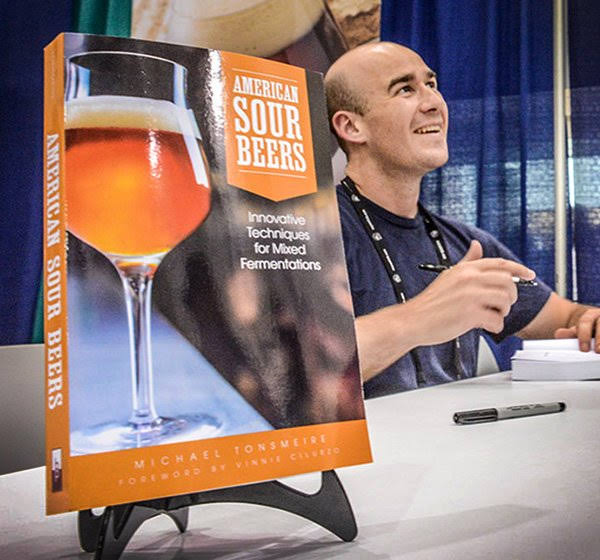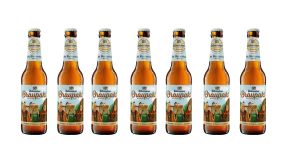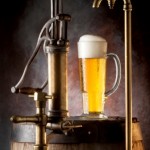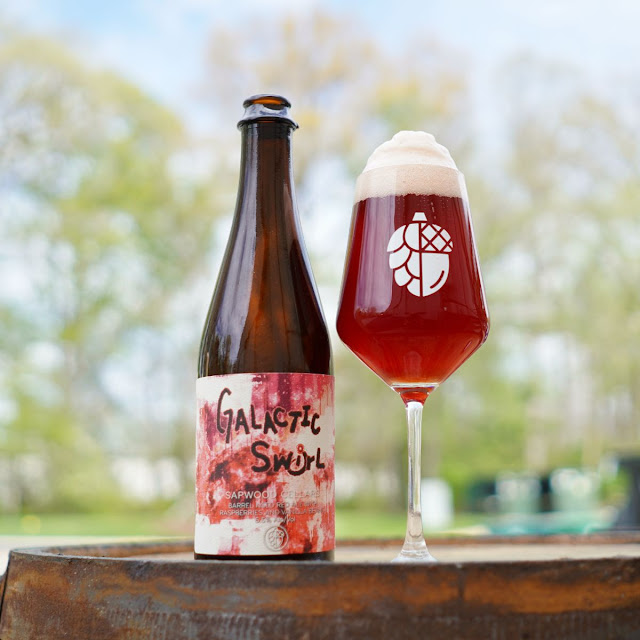Craft sake brewers are bridging the gap between beer and sake by creating hybrid products, drawing in curious craft drinkers with innovative, approachable takes on traditional Japanese brewing.
The post Kanpai! How Sake Is Segueing into Craft Beer appeared first on CraftBeer.com.
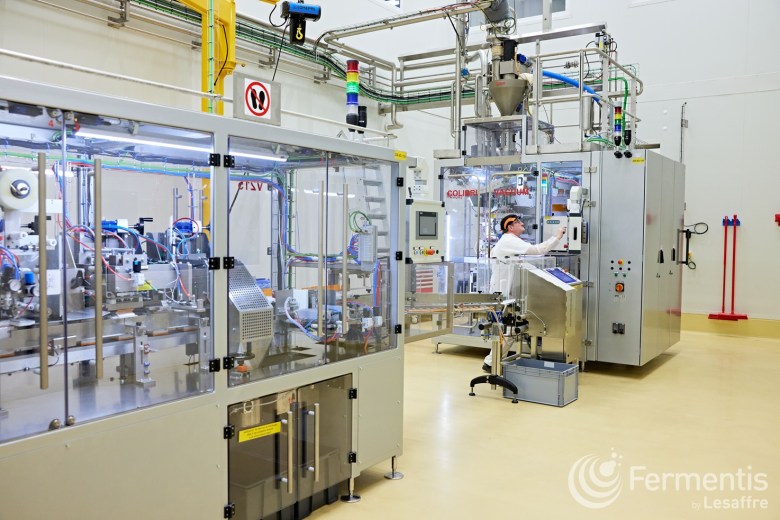 Fermentis has completed significant upgrades at Algist Bruggeman, improving the microbiological quality of its brewing yeast.
Fermentis has completed significant upgrades at Algist Bruggeman, improving the microbiological quality of its brewing yeast.  With spring well and truly sprung, we highlight three new fruit beer releases as we reach ideal weather for the style.
With spring well and truly sprung, we highlight three new fruit beer releases as we reach ideal weather for the style.  The brewery will be celebrating the milestone limited release with a complimentary tasting, including other new beers, on 29 August.
The brewery will be celebrating the milestone limited release with a complimentary tasting, including other new beers, on 29 August. 


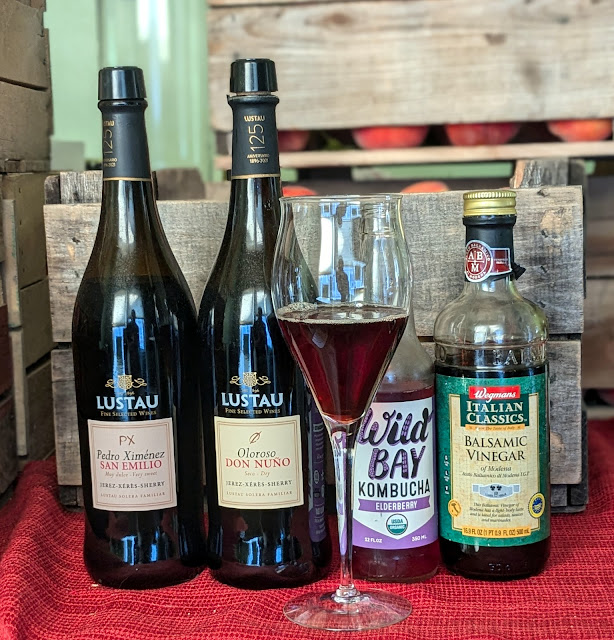

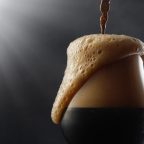















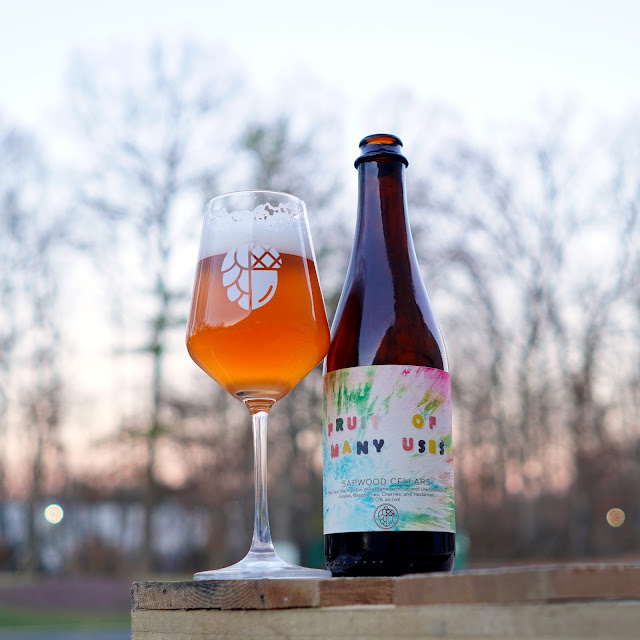
 The awards were dominated by Australian breweries Stone & Wood and Brick Lane Brewing, as well as New Zealand’s Garage Project.
The awards were dominated by Australian breweries Stone & Wood and Brick Lane Brewing, as well as New Zealand’s Garage Project. 